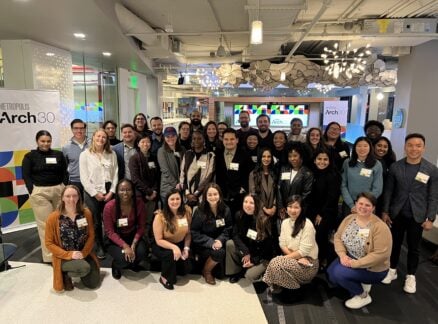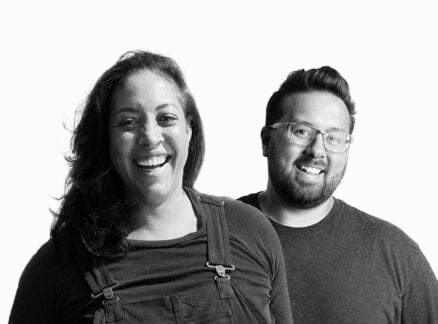December 1, 2012
Building Blocks
The Miami Valley Hospital uses a construction strategy to stay nimble.
ARCHITECTS
NBBJ
www.nbbj.com
PROJECT
Miami Valley Hospital Heart and Orthopedic Center
1 Wyoming Street
(937) 208-8000
Dayton, Ohio
The health-care sector is notorious for rapid shifts in procedures and technology—a hospital campus that has developed over 120 years can turn into a bewildering maze of new wings and specialty centers. When the Miami Valley Hospital, in Dayton, Ohio, asked the firm NBBJ to add a new Heart and Orthopedic Center to its campus, the architects proposed a design strategy to help the hospital better adapt to changing times. The facility is the first major hospital project in the United States to make extensive use of prefabrication.
“Adaptability was fundamental to the clients,” says Tim Fishking, the principal in charge of the project. “Our approach was to develop a patient room that could accommodate all of their needs. Prefabrication supported that perfectly.” It resulted in impressive savings: the construction schedule was cut by two months, workers reported a 300 percent increase in productivity, and material waste was considerably reduced.
But the real success was getting the priorities right. Many prefabricated projects try to fit design goals into existing modular systems. “In health care, because the intricacy of clinical operations is so crucial, we felt that decisions need to be led by that,” Fishking says. The design of the patient room, for instance, was determined as much by user experience as by the life-support systems. “The challenge was to develop the room as a sophisticated piece of technology that would be able to adapt to the needs of extremely acute patients in cardiac ICU, all the way to low acuity,” says Ryan Hullinger, the lead designer. The geometry of the pre-assembled walls between rooms provides the best sight lines for the staff, room for caregivers, plenty of daylight, and great views of the building’s vast new green spaces.
Hullinger sees ever-brighter prospects: “It is interesting to think how this approach in the future could develop even larger architectural components that are demountable, that could be switched in and out.”
Recent Programs
Programs
Who are Ella and Faraz?





